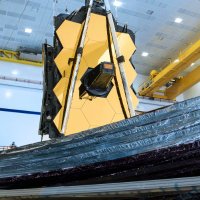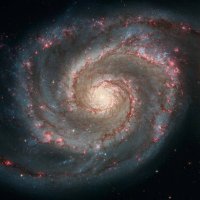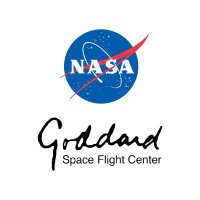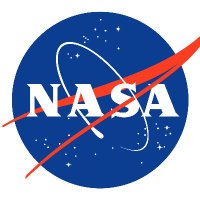
NASA Webb Telescope
@nasawebb
The world's most powerful space telescope. Launched: Dec. 25, 2021. First images revealed: July 12, 2022.
Verification: nasa.gov/socialmedia
ID: 29472803
https://webb.nasa.gov 07-04-2009 15:40:56
11,11K Tweet
3,3M Followers
65 Following






Titan: a strange world with seas of methane and ethane. Scientists are using NASA Webb Telescope to take a close look—and developing Dragonfly, a mission to send an octocopter to Saturn’s largest moon. Watch “Other Worlds” on our ad-free streaming service NASA+: go.nasa.gov/4fV9FmG





